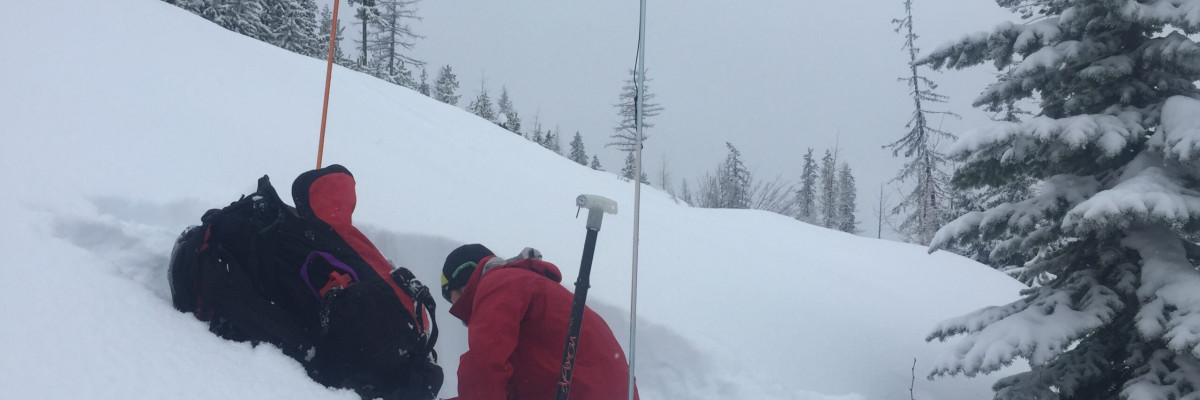The current avalanche danger for the West Central Montana Backcountry is LOW. Avalanches can still occur in isolated areas.
Good morning this is Logan King with the West Central Montana Avalanche Center’s backcountry avalanche advisory for Saturday, January 9th. This information is the responsibility of the Forest Service and does not apply to operating ski areas and expires at midnight.
WEATHER AND SNOWPACK
Light snow was seen throughout the region yesterday and last night, snow accumulations were minimal and ranged from 1-3 inches across the advisory area. Mountain temperatures are averaging about 20 degrees this morning and ridge top winds are currently 17mph gusting to 22mph out of the WNW at Point Six.
The main avalanche concern continues to be persistent week layers of basal facets and some isolated pockets of surface hoar and near surface facets. The facets are continuing to shift towards rounds but may become reactive under a new load or where the facets can be triggered more easily such as shallow or rocky areas. The facets are not very widespread so keep a close eye out for the areas where the facets may be lingering.
Loose snow avalanches are the secondary concern. The loose snow avalanches will not be widespread but more likely localized to steeper terrain and areas where the new snow is falling on a hard surface like a crust. Avoid terrain traps if you suspect a slope may be susceptible to loose snow slides.
Keep in mind that there is always a possibility for an avalanche if you are in avalanche terrain. A low avalanche danger doesn’t mean no avalanche danger. Avalanches are unlikely but can still occur in isolated terrain.
WEATHER AND AVALANCHE FORECAST
Light intermittent flurries will continue through tonight and into Sunday. Avalanche conditions will likely remain the same through the day but may increase if any of the localized flurries produce a significant new load.
The next advisory will be issued on Tuesday January 12th.














